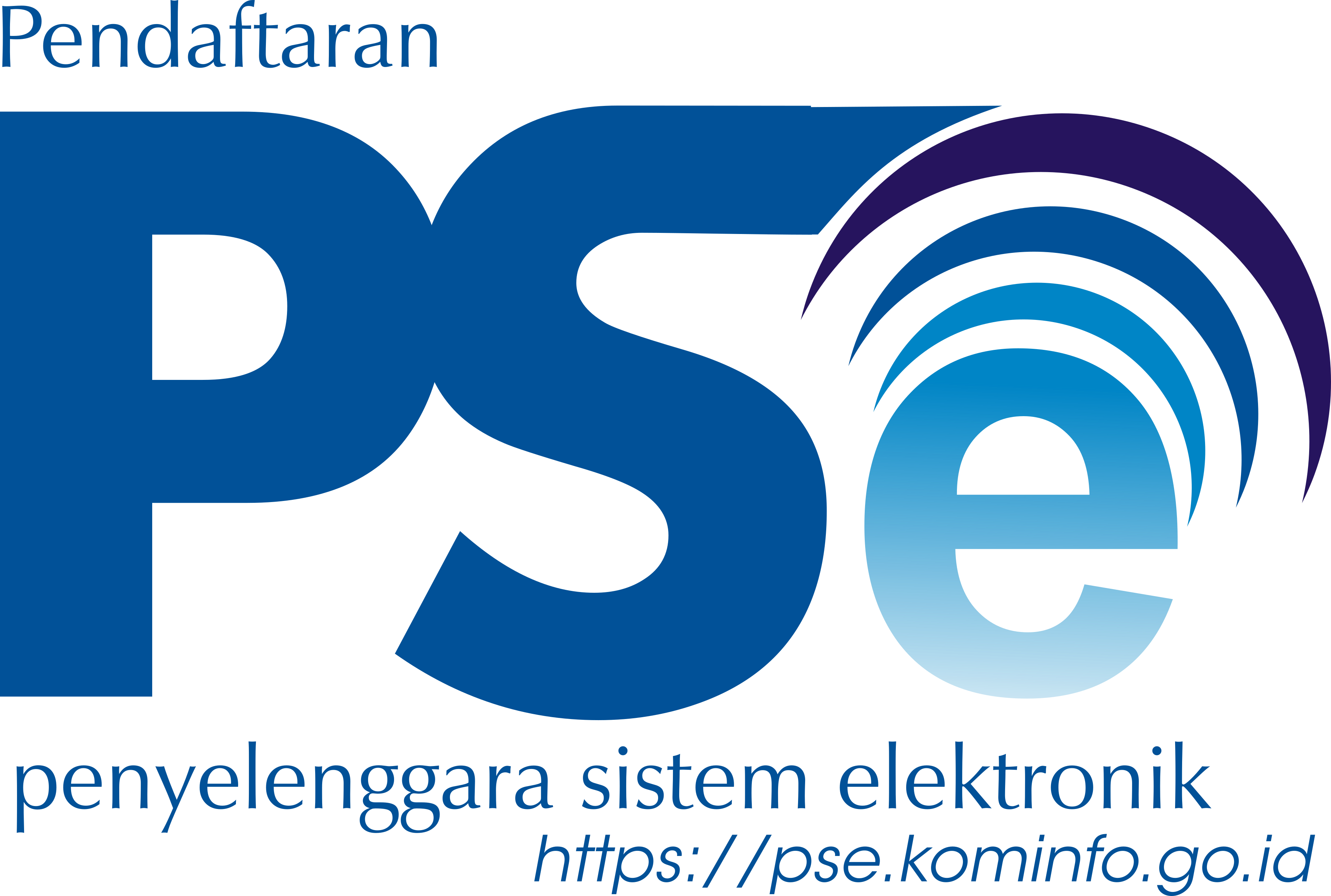| AI | Artificial Intelligence. A system’s ability to correctly interpret external data, to learn from such data, and to use those learnings to achieve specific goals and tasks through flexible adaptation. |
| API | Application Programming Interface. A set of subroutine definitions, communication protocols, and tools for building software. |
| Algorithm | An unambiguous specification of how to solve a class of problems. Algorithms can perform calculation, data processing, and automated reasoning tasks. |
| Big Data | A field that treats of ways to analyze, systematically extract information from, or otherwise deal with data sets that are too large or complex to be dealt with by traditional data-processing application software. |
| BI | Business intelligence (BI) comprises the strategies and technologies used by enterprises for the data analysis of business information. BI technologies provide historical, current and predictive views of business operations.Cloud: Data centers available to many users over the Internet. |
| Cluster | A group of servers and other resources that act like a single system and enable high availability and, in some cases, load balancing and parallel processing. |
| Dataset | A collection of data |
| Data Pipeline | A system for moving data from one system to another. |
| Data Unification | The act of unifying all your data in one platform to see the complete picture of your business. |
| Data Scientist | A person who focuses in data science, a multidisciplinary field that uses scientific methods, processes, algorithms and systems to extract knowledge and insights from data in various forms, both structured and unstructured, similar to data mining. |
| Data Visualization | The creation and study of the visual representation of data. |
| Dashboard | A user interface that, somewhat resembling an automobile's dashboard, organizes and presents information in a way that is easy to read. |
| Deployment | All of the activities that make a software system available for use. |
| Drag-and-drop Interface | A pointing device gesture in which the user selects a virtual object by “grabbing” it and dragging it to a different location or onto another virtual object. |
| IoT | Internet of things (IoT) is the network of devices such as vehicles, and home appliances that contain electronics, software, sensors, actuators, and connectivity which allows these things to connect, interact and exchange data. |
| Machine Learning | The scientific study of algorithms and statistical models that computer systems use to effectively perform a specific task without using explicit instructions, relying on patterns and inference instead. |
| On-Premise | An act where a software is installed and runs on computers on the premises of the person or organization using the software, rather than at a remote facility such as a server farm or cloud. |
| Perpetual License | One method of selling software. Under a perpetual license, you pay a one-time fee, and then have the right to use the software forever. |
| Whitepaper | An authoritative report or guide that informs readers concisely about a complex issue to help readers understand an issue, solve a problem, or make a decision. |





